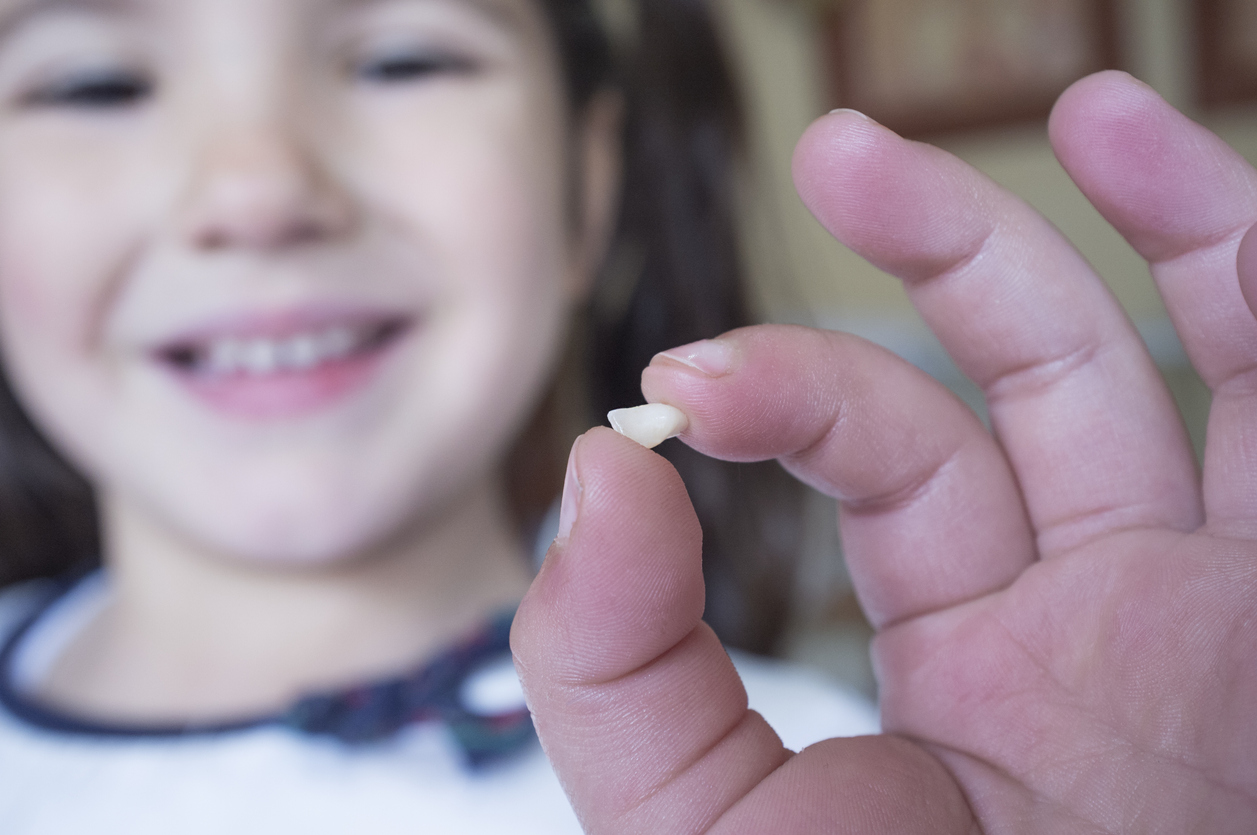Small Study Indicates that Markers in Baby Teeth May Provide Clues to ADHD and Autism
Researchers have recently identified markers in baby teeth that are unique to attention- deficit/hyperactivity disorder (ADHD), autism spectrum disorder and individuals with both conditions. The research suggests that the processing of nutrients and toxins plays a role in these conditions, according to authors Christine Austin, Ph.D., with Icahn School of Medicine at Mount Sinai, New York, and colleagues.
 Autism and ADHD are neurodevelopmental conditions that share some characteristics in common. ADHD effects more than 5% of children and 2% of adults worldwide. According to the Centers for Disease Control and Prevention, one in 59 children in the U.S. is estimated to have autism.
Autism and ADHD are neurodevelopmental conditions that share some characteristics in common. ADHD effects more than 5% of children and 2% of adults worldwide. According to the Centers for Disease Control and Prevention, one in 59 children in the U.S. is estimated to have autism.
The study, published online Sept. 25 in Translational Psychiatry, looked at the baby teeth of a group of twins, including twin siblings with and without autism and ADHD. They used tooth biomarkers to compare the processing of 10 metals during prenatal and early childhood periods in neurotypical children and those diagnosed with ADHD, autism or both. The use of twins allowed for the study to control for underlying genetic factors. The research looked at both essential nutrients, such as zinc, and toxic elements, such as lead.
Studies of exposure to environmental toxins typically look at how much a person is exposed to based on concentration in blood or urine. For example, previous studies have linked lead exposure, measured at a specific point in time, to increased severity of ADHD symptoms. However, this study looked at the way a child metabolizes elements from the environment and the researchers identified differences that wouldn’t have found in looking at exposure only.
The study was small, and authors emphasize that their method is not a diagnostic tool. However, it may help pave the way for development of additional detection or treatment methods or help limit potentially harmful exposures. The research finding of unique metabolic signatures for ADHD and autism “can inform future studies on what might cause the disorders. It could help us determine the pathways implicated in the different diseases, which, in turn, could inform the development treatment and prevention strategies,” co-author Paul Curtin, Ph.D. said in a release.
References
Austin, C, et al. Dynamical properties of elemental metabolism distinguish attention deficit hyperactivity disorder from autism spectrum disorder. Translational Psychiatry, 2019, 9:238.
